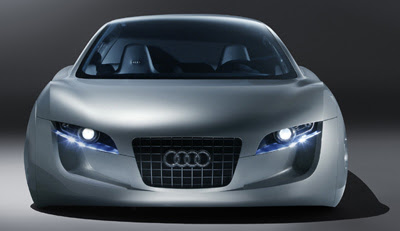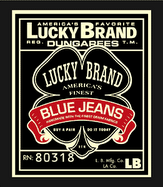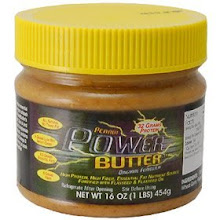As we mentioned earlier, arranged product placement deals fall into two categories:
- Trade-off of integration or placement for a supply of product
- Financial compensation for placement or integration
The most common type of deal is a simple exchange of the product for the placement. Using our existing example, let's say the production team wants The Architect to display a quirky affinity for a particular type of beverage. This will come across rather strongly over the course of the program (because the character even collects the drink's labels) -- which means the chosen product could get a lot of air time. It turns out that someone on the crew knows someone who works for Honest Tea. The movie people approach the Honest Tea folks with a proposal and a deal is made; in exchange for the airtime, the cast and crew are provided with an ample supply of various Honest Tea drinks at work.
Sometimes, a gift of the product isn't an appropriate form of compensation, so money powers the deal.
Imagine that the marketing team at Tag Heuer has heard about this project and feels that, given the starpower of the actor playing The Architect, this project would be a great vehicle for showcasing its product. Someone from Tag Heuer approaches the set dresser with a financially lucrative proposal. Eventually, they come to an agreement. Consider this scene: Our male character (The Architect) stands outside a movie theater waiting to meet a friend. The camera pans down to show a slight tap of the actor's foot. Next, it moves up and zooms in to show him checking his wristwatch for the time. After switching from the actor's face to the face of the wristwatch, the camera pauses just long enough for you to really see the wristwatch. He's wearing a link-style, stainless steel Tag Heuer luxury sports-watch. The camera pans out and swings around, introducing a beautiful woman into the scene... During the next hour of the program, the wristwatch casually appears in several scenes.
Both teams are happy -- the integration of the Tag Heuer product is a success. Remember, the advertised product's role is to be part of an ensemble cast rather than the (obvious) star. Tag Heuer manages to reap the benefits of conventional advertising without being overly obvious or intrusive to the audience/consumers.
Getting the Job Done
Before product placement really saw a surge in the mid 1980s, it was pretty much a DIY effort. Now there are specific corporate positions and entire agencies that can handle the job. Some larger corporations will dedicate personnel to scout out opportunities for product integration or placement within films, television shows and even games and music. Comp Edge Does this for the Production.
It's a Miss!
Like lots of advertising methods, product placement can be hit or miss. One particular example of product placement gone awry is the Reebok/Jerry Maguire fiasco. Reportedly, Reebok had a placement agreement to integrate one of its commercials at the end of the film "Jerry Maguire." The commercial didn't make it to production -- but something else regarding Reebok did. In a pivotal scene, Cuba Gooding Jr.'s character makes disparaging remarks about the company.





























